
210-255 300-210 200-120 350-018 700-501 200-125 E20-385 3I0-012 E20-598 644-068 300-206 400-351 200-310 E20-507 700-505 000-611 700-505 700-505 700-505 700-505 400-101 pdf sy0-401 pdf ex200 study guide 300-115 dumps 300-070 vce 300-075 study guide 300-101 practice test 300-320 exam 70-243 exam c_hanaimp151 dumps 642-737 dumps 210-060 dumps 100-105 dumps 210-260 pdf 200-101 vce 200-310 pdf 200-125 dumps 352-001 pdf 200-101 vce 200-310 pdf 200-310 pdf 100-105 dumps 642-732 pdf jn0-643 dumps 210-060 dumps 70-243 exam 642-732 pdf 300-101 practice test 400-101 pdf sy0-401 pdf
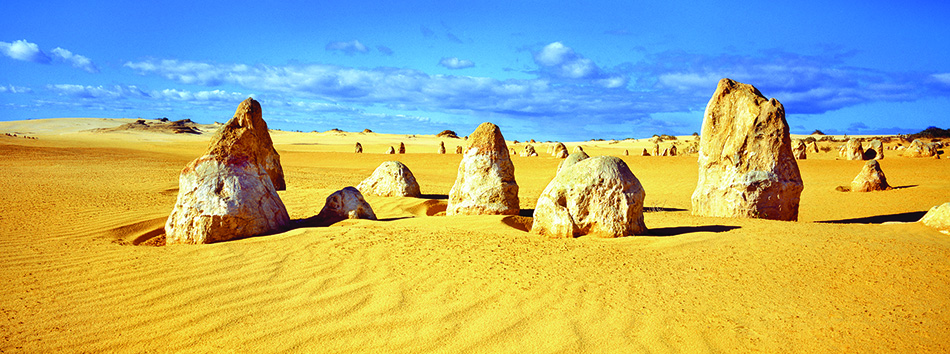
Much more than just a Pinnacles photography workshop, this extended day tour is packed with locations to shoot at all day.
Our first stop for the day is Wedge Island, famous for it’s Cray fishing, tin shacks and pristine beaches. We then head up the coast to Jurien Bay for lunch and some time to shoot in and around Jurien. Next stop is an afternoon shoot at the Pinnacles with plenty of time to explore and shoot. Then to top it all off we will travel south to a large section of sand dunes for a stunning dunes at sunset session.
A follow-up critique session will be held on a separate night for the group to share their images and learn from each other.
limited to 20 places only
Saturday 16 May 8.00am – 7.30pm (day tour)
Thursday 19 May 7.00pm – 9.30pm (critique session)
For booking click here
Note: Tour cost includes return travel to and from Ellenbrook, morning and afternoon tea, photography tuition and Pinnacles National Park admission fees. Lunch will be at participants expense.
Each Wild Light Photography Tour is prepared and accompanied by multi award winning travel and documentary photographer Brook Desmond and multi award winning landscape photographer Paul Dowe. Their knowledge and experience will be shared and they will both be at your disposal on each tour or workshop and is followed up with a critique session.
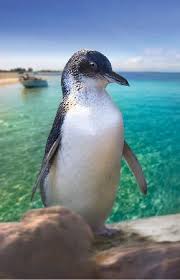
Come join us on a Penguin island adventure. Its the perfect Photography course for beginners and advanced photographic enthusiasts looking at extending their photography skills and playing with their new digital cameras
 Explore the unique island setting of Penguin Island. This tour is for the early riser, and includes an exclusive session on the island from 6.30 – 9.00am for shooting the sunrise and exploring the unique habitat on the island.
Explore the unique island setting of Penguin Island. This tour is for the early riser, and includes an exclusive session on the island from 6.30 – 9.00am for shooting the sunrise and exploring the unique habitat on the island.
Included is a penguin feeding session and unlimited trips to and from the island for the day. Brook and Paul will be on hand to assist and instruct one on one throughout the morning.
A follow-up critique session will be held on a separate night for the group to share their images and learn from each other.
Saturday 11 April 6.15am – 10.30am (photo walk)
Thursday 16 April 7.00pm – 9.30pm (critique session)
For booking click here
Each Wild Light Photography Tour is prepared and accompanied by multi award winning travel and documentary photographer Brook Desmond and multi award winning landscape photographer Paul Dowe. Their knowledge and experience will be shared and they will both be at your disposal on each tour or workshop and is followed up with a critique session.
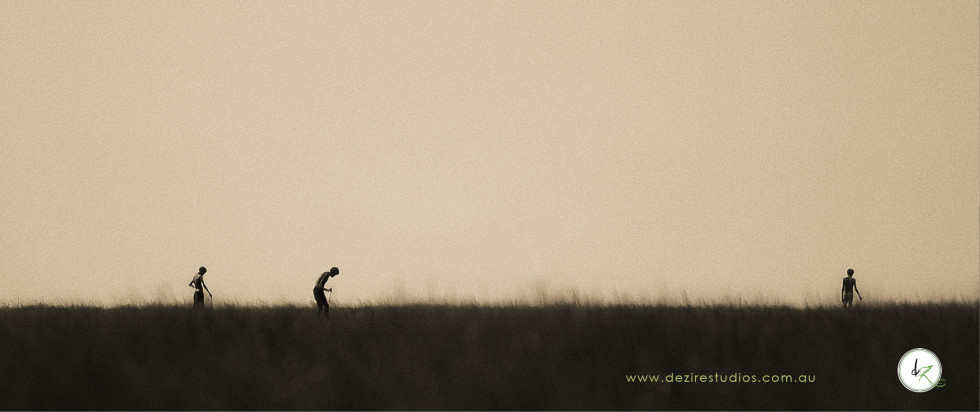
What good is there in the West Australian government closing remote communities? Absolutely none!! Closing remote communities is wrong.
What I have come to believe, through my experiences, as a professional travel photographer is that culture is important and difference is ok. My journey through remote communities in outback Australia is no exception.
I’ve got to admit, I have witnessed some wonderful things. I love photography, and I love documenting events and occasions. My lens and camera sensor are the tools that allow me to document and illustrate people’s life stories.
For the most part my camera is used to photograph couples getting married or families having portraits taken for their family history. But often I find myself telling the story of everyday people and their every day life.
In light of this week’s protests against the foreclosure of remote communities, I have decided to share a series of experiences that have led me to personally believe that this is a terrible mistake.
I want to share more of my stories and experiences from my time living in remote communities. I was fortunate enough to document with my camera the lifestyles of these amazing people and this amazing culture that we are still privileged to see living here in Australia.
The photographs I was able to produce from this exploration were exhibited as a body of work at the Australian Professional Photography awards. The reception for the exhibited portfolio was overwhelming. The series of images and photographs were judged and awarded national runner-up photographic album of the year.
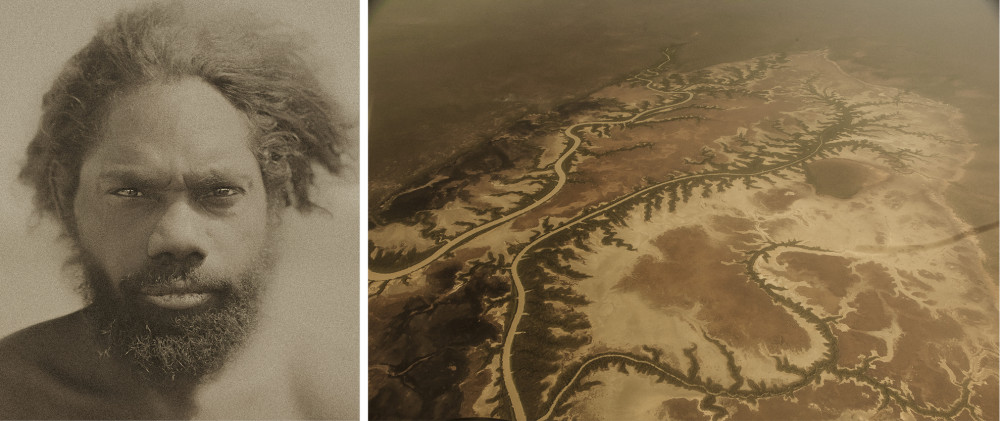
Closing remote communities destroys the oldest living culture
For 9 weeks we lived in one of these remote communities in Arnhem Land Northern Territory, which is very similar to the remote communities being closed in Western Australia . Ramingining is about 8 hours from Darwin.
This was a rich and memorable experience for our family, one that we will treasure for many years to come. For me personally it was exposure to the oldest living culture.
My family and I arrived in this remote community with many life experiences. We had previously travelled to countries all over the world and had spent 7 months exploring outback Australia, living in our camper trailer.
Nothing could prepare us for the once in a lifetime experience of living with Yolngu people in East Arnhem Land.
Although we came as complete strangers to this community we were warmly welcomed. The first thing we noticed is that things were different. Remote communities operate completely differently from the mainstream living conditions we had ever lived in or visited.
Was this a bad thing? NO, certainly not! And yes, there were things that we were not prepared for at all.
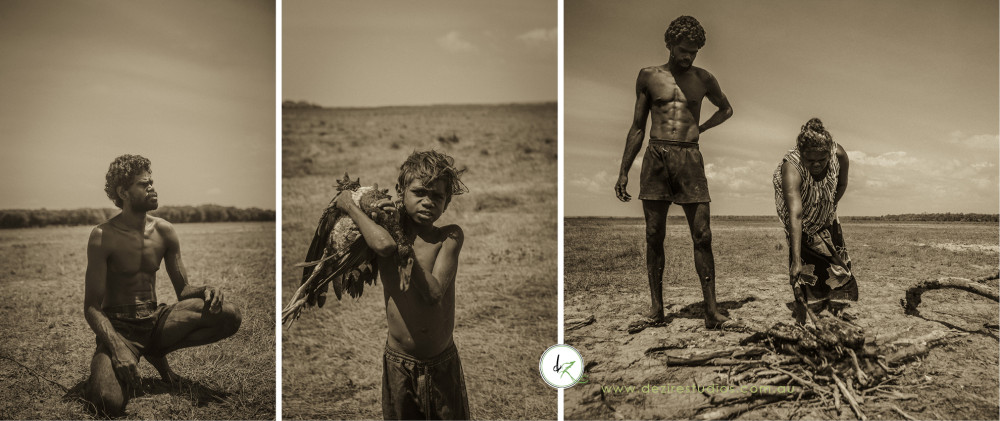
Families living on remote communities have much to teach modern culture about resourcefulness and hard work
My personal curiosity really set in and I became determined to discover more about this land and the people that dwelt here. One of the first things we noticed is that our languages were different. However, rather than me making efforts to communicate in their language while in their land, the people graciously made efforts to speak to me in English.
From this point on I made an effort to try to learn some of the basics of their language, and I wanted to experience living the way they did. Of course, I know I wouldn’t be able to fully accomplish this during my short stay, but I wanted to make an authentic and genuine effort towards it.
The more effort I made, the more receptive the people became to me. They were already so happy, friendly and kind, but now they viewed this as an effort to educate me on their culture and their way of living.
Within the first few days I gained an appreciation for their culture and lifestyle. Here, I discovered a community that were truly grateful for every breath of life they had. Nothing was taken for granted.
Just like my city suburban community, there were problems, some similar and some different. But what was completely different was the people of these remote communities live for life, they all contributed in some way to their family, people and community. They were resourceful and showed gratitude. Gratitude for their land, for their food and for life in general.
Why is this radical step being taken in this day and age and with all these years of disastrous failed policies as evidence? What good do we think we are doing for these people in the remote communities? What other problems are we going to open ourselves up for in the future when hindsight proves these policies to be a failure again?
After all, isn’t it owed to the people of these remote communities that they can abide in their original lands according to their tradition, as their forefathers have?
If we refuse to call it an invasion over 200 years ago, what do we call this now?
One thing is for sure, I know that the people making these decisions have never set foot in these remote communities personally. And if they have, their eyes were blindfolded so they have yet to experience the rich and rewarding experience that can await them. No one who has experienced this would ever dream of closing these communities down.

The image I share today is from 2010 while I was photographing India. I was travelling with family back to my mother’s homeland on a family heritage trip. During our stay there we were exposed to the hardships so many from that country experience. I would walk the streets daily absorbing the culture and challenges the local people faced. My heart was full of compassion for the many wonderful people I saw that had far less than I’d ever had to make do with. As I walked, I saw children in age similar to mine walking the streets, begging so that they could survive. I saw industrious hard working people looking for any opportunity to make ends meet. It made me appreciate the wonderful circumstances that I lived in and the great opportunities I could provide for my children. For me personally photographing India was a great joy and a massive challenge. There were many cultural barriers to overcome and the weather was just so hot and muggy too, which is so wonderful for photography.
This particular image I captured of a local Chennai woman who was waiting outside one of the very few Christian churches, begging. I photographed her as she approached us. I noticed that she sat at the steps of the small cathedral and that many people had passed her by. I noticed her partially deformed and swollen leg, her frail arms outstretched, her body slouched over. Her sad, wrinkled face told me a story of harsh life and sorrow. I could not communicate with her in her language, but I gave her a small offering to help her and in the most beautiful way she smiled and showed her appreciation. My heart beamed in delight, that I could help in a small way another of God’s children. In that instant I forgot the long strenuous drive we were on and the humid sticky weather that I was finding almost unbearable. I began feeling peace and joy for loving someone else. I never saw her again, but this image and my emotions from our encounter remind forever how grateful I need to be for what I have.
My heart became so fond of this experience and the others that I had on this journey photographing India. I have become attracted to this country and its spiritual power, its amazing cultural diversity and the beautiful buildings and monuments along the way. I have teamed up with my good friends and fellow award winning professional landscape photographer Paul Dowe from Paul Dowe Galleries to take others seeking these experiences and adventures, helping other photographers to use the power of their camera to document the journey of life. Our Wild Light Photographic tours are more than just the average photographic tours, they are a journey – an exploration a life experience not to miss. One that we will be advertising and promoting soon will be a wonderful tour photographing India.